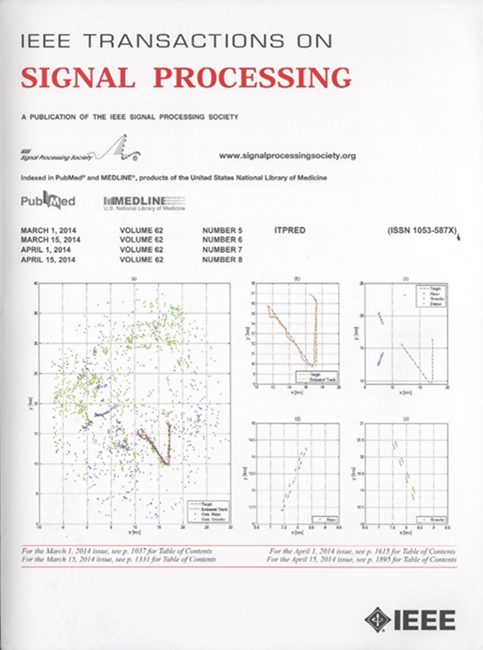Wasserstein Distributionally Robust Graph Learning via Algorithm Unrolling
IF 4.6
2区 工程技术
Q1 ENGINEERING, ELECTRICAL & ELECTRONIC
引用次数: 0
Abstract
In this paper, we consider inferring the underlying graph topology from smooth graph signals. Most existing approaches learn graphs by minimizing a well-designed empirical risk using the observed data, which may be prone to data uncertainty that arises from noisy measurements and limited observability. Therefore, the learned graphs may be unreliable and exhibit poor out-of-sample performance. To enhance the robustness to data uncertainty, we propose a smoothness-based graph learning framework from a distributionally robust perspective, which is equivalent to solving an求助全文
约1分钟内获得全文
求助全文
来源期刊

IEEE Transactions on Signal Processing
工程技术-工程:电子与电气
CiteScore
11.20
自引率
9.30%
发文量
310
审稿时长
3.0 months
期刊介绍:
The IEEE Transactions on Signal Processing covers novel theory, algorithms, performance analyses and applications of techniques for the processing, understanding, learning, retrieval, mining, and extraction of information from signals. The term “signal” includes, among others, audio, video, speech, image, communication, geophysical, sonar, radar, medical and musical signals. Examples of topics of interest include, but are not limited to, information processing and the theory and application of filtering, coding, transmitting, estimating, detecting, analyzing, recognizing, synthesizing, recording, and reproducing signals.
 求助内容:
求助内容: 应助结果提醒方式:
应助结果提醒方式:


